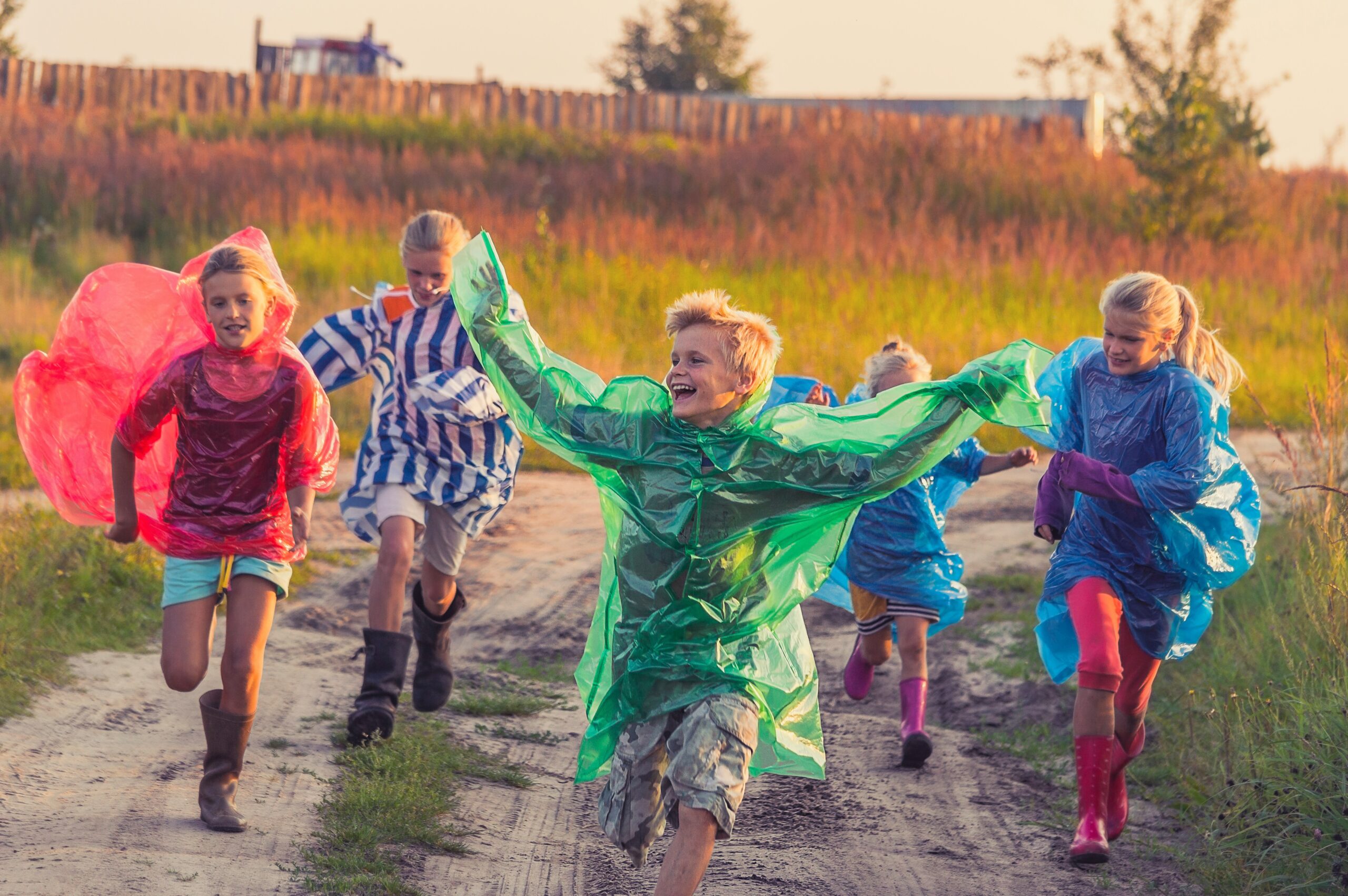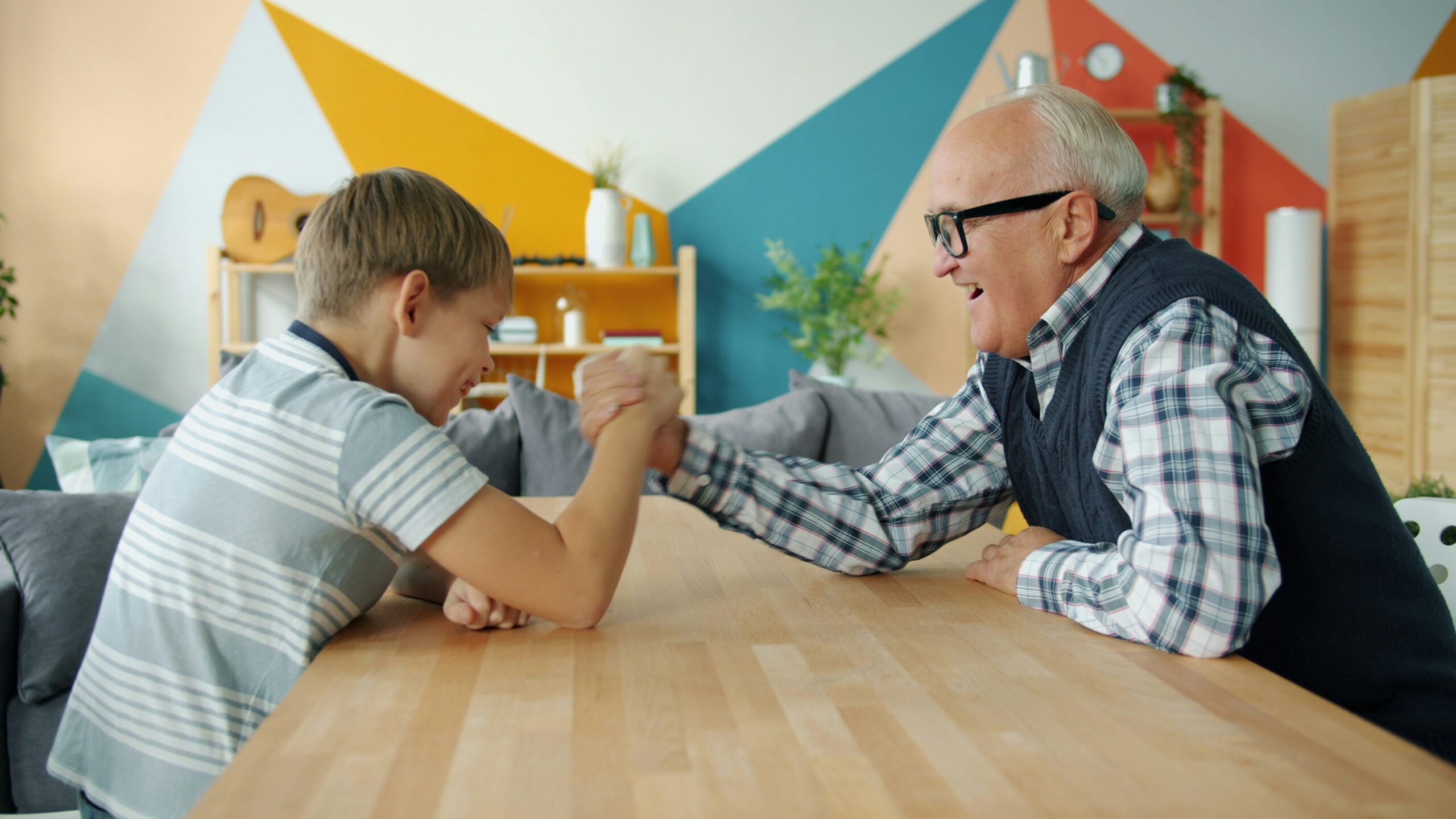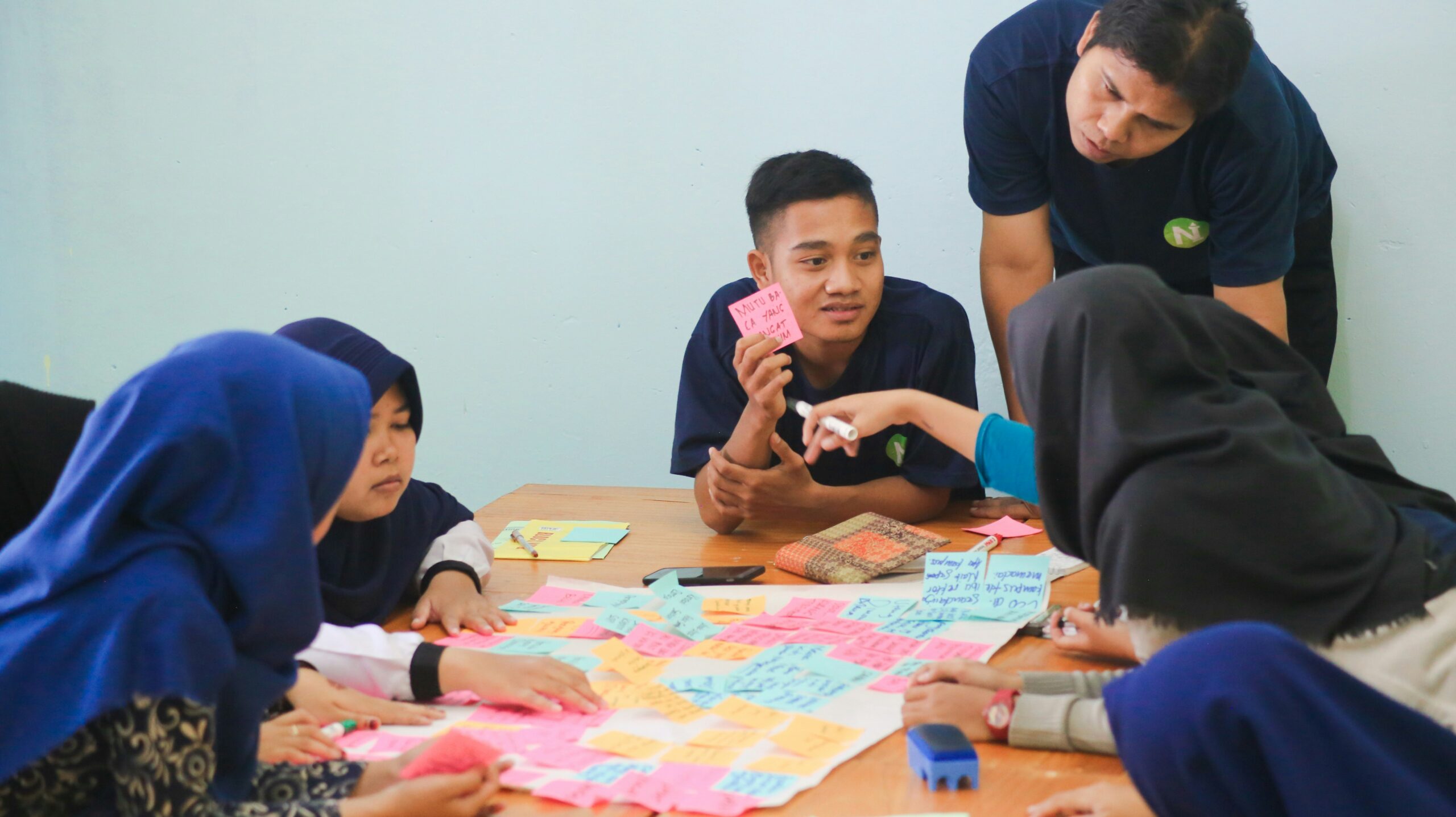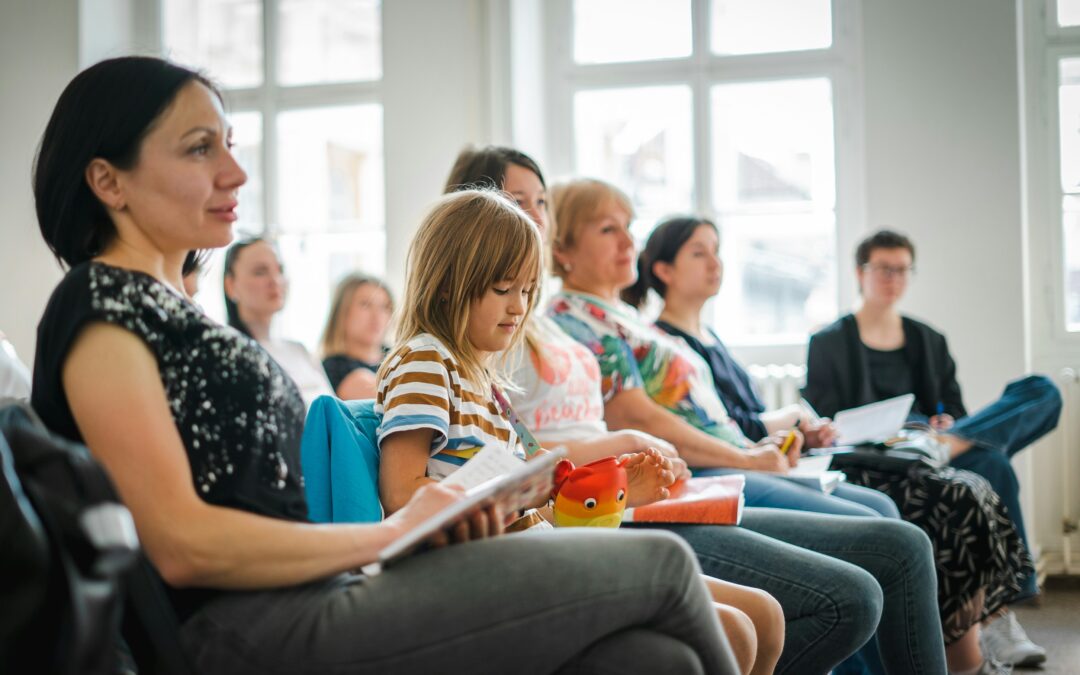Learning doesn’t have to feel like a chore. I’ve discovered that when lessons spark curiosity and excitement, they stick with me much longer. Whether I’m picking up a new skill or diving into a tricky subject, adding a touch of fun always keeps me motivated.
From games to hands-on projects, there are plenty of creative ways to make learning enjoyable. When I turn studying into something I look forward to, I notice my focus and confidence grow. Let’s explore some simple strategies that can transform any learning experience into an adventure.
Why Making Learning Fun Matters

Boosting Engagement
Making learning fun increases engagement, with studies by Edutopia showing that students exposed to interactive lessons—like group projects and digital games—participate 40% more actively. When my lessons include creative or playful elements, attention spans lengthen and distraction decreases.
Improving Retention
Learning that feels enjoyable improves retention rates. According to the American Psychological Association, students remember 25% more information when they’re immersed in enjoyable activities, such as storytelling or drawing, as compared to traditional lectures. I see this effect when I use songs or interactive quizzes to review key concepts.
Supporting Positive Emotions
Enjoyable learning creates positive associations with education. Emotions strongly influence cognitive processing, based on research from the National Institutes of Health. I use humor, friendly competition, and encouragement to help students associate achievement with positive feelings, which motivates continued effort.
Table: Impact of Fun Learning Strategies
| Strategy | Engagement Boost (%) | Retention Increase (%) | Emotional Impact |
|---|---|---|---|
| Educational Games | 40 | 25 | Increases motivation |
| Hands-on Projects | 36 | 20 | Fosters confidence |
| Group Challenges | 29 | 18 | Builds teamwork and trust |
Enhancing Social Skills
Interactive and fun activities give opportunities to build social skills. Cooperative games, team-building exercises, and group brainstorming encourage communication and teamwork. When I add group elements, learners develop better empathy and adaptability skills, as shown in Stanford’s social learning reports.
Reducing Anxiety
Fun learning practices reduce anxiety and performance pressure. Relaxed minds process information more efficiently. By mixing play and creativity in lessons, I notice more frequent participation from typically reserved students, who feel safer taking risks.
Creative Ways to Make Learning Fun
I include playful, interactive elements to transform the learning process. Innovative strategies keep learners engaged, motivated, and eager to participate.
Incorporating Games and Gamification
I use games and gamified activities to create excitement in lessons. Point systems, rewards, and challenges inspire participation in spelling bees, math races, and science trivia. Regular quizzes with leaderboards, badges for milestones, and group-based problem-solving turn tasks into enjoyable competitions.
| Game Type | Learning Area | Example Activity | Engagement Rate Increase |
|---|---|---|---|
| Word Puzzles | Language Arts | Spelling Bee | 38% |
| Math Challenges | Mathematics | Math Relay | 42% |
| Science Quests | Science | Trivia Tournament | 35% |
| Role-Playing Games | Social Studies | Historical Simulation | 40% |
Using Technology and Interactive Tools
I integrate digital resources and interactive tools to attract tech-savvy learners. Interactive whiteboards, educational apps, and quick-response quizzes offer instant feedback and adapt to varied skill levels. Virtual field trips, augmented reality explorations, and collaborative online platforms connect students to lessons beyond the classroom.
| Tool/Platform | Subject | Example Use | Retention Improvement |
|---|---|---|---|
| Kahoot! | All Subjects | Live Quiz Competitions | 22% |
| Google Classroom | Project-Based | Real-Time Group Projects | 19% |
| VR Headsets | Science/History | Immersive Field Exploration | 27% |
| Scratch, Coding Apps | STEM | Game Creation Assignments | 29% |
Making Learning Hands-On
I design hands-on activities that turn theory into direct experience. Experiments in science, model-building in geometry, and creative arts projects deepen understanding through physical engagement. Group-based construction tasks or design challenges foster teamwork and build problem-solving skills. Sensory activities such as cooking for fractions or gardening for biology connect academic content to real-world applications.
| Activity Type | Subject Area | Sample Activity | Retention Gain |
|---|---|---|---|
| Science Experiments | Science | Build a Volcano Model | 33% |
| Artistic Projects | Language/Arts | Story Collages | 21% |
| Construction Tasks | Math/Engineering | Bridge-Building Challenge | 26% |
| Real-World Scenarios | Multiple | Cooking to Teach Measurements | 28% |
Building a Fun Learning Environment

I focus on designing spaces and routines that spark energy and curiosity when creating a fun learning environment. Interactive elements and adaptable approaches form the core of effective and engaging classrooms.
Encouraging Collaboration and Teamwork
I leverage group projects, discussions, and problem-solving tasks to foster collaboration and teamwork in a learning environment. Cooperative games and paired assignments create active participation, improve social skills, and build collective ownership of academic success. In each collaborative activity, I ensure every learner has a role—such as note-taker, presenter, or fact-checker—to increase engagement and accountability. Table 1 highlights how different formats of group work rate on engagement and learning impact.
| Group Work Format | Engagement Increase | Learning Impact |
|---|---|---|
| Structured Group Projects | +35% | Deepened Understanding |
| Peer-Led Discussions | +28% | Improved Retention |
| Informal Study Games | +22% | Elevated Confidence |
Personalizing the Learning Experience
I personalize learning by designing flexible activities and adjusting lesson paths based on individual interests and strengths. Self-paced modules, choice-driven assignments, and learning portfolios allow each learner to express preferences and track progress. For example, when I offer optional reading lists or let students pick project topics, learners demonstrate higher motivation and creativity. Table 2 summarizes common personalization strategies and their observed effects.
| Personalization Method | Motivation | Academic Performance |
|---|---|---|
| Choice in Assignments | Up +30% | Test Scores Up +12% |
| Adaptive Learning Software | Up +27% | Skill Mastery Up +18% |
| Interest-Based Projects | Up +24% | Project Quality Up +15% |
Overcoming Challenges in Making Learning Fun

I address obstacles that can block efforts to make learning enjoyable by identifying common issues and outlining actionable solutions.
Key Challenges and Strategies
- Resistance to Change
I frequently encounter learners or instructors who prefer traditional routines. I gradually introduce engaging activities, starting with short games or group work, which lowers resistance.
- Time Constraints
I select brief, high-impact activities—like five-minute quizzes or flashcard games—that maximize fun in limited class time.
- Limited Resources
I use everyday materials for hands-on projects, such as paper airplanes for science lessons or recycled objects for model-building, reducing the need for expensive supplies.
- Varied Learning Preferences
I alternate between individual challenges, group tasks, digital tools, and creative projects. I ensure all learners find something that matches their learning style.
- Maintaining Focus
I balance fun with clear objectives by linking each engaging activity to specific learning goals, using game scores or tangible project results as markers.
Barriers and Solutions Table
| Challenge | Example | Solution Approach | Impact on Engagement (%) |
|---|---|---|---|
| Resistance to Change | Reluctance to try group games | Short, low-pressure activities | +22 |
| Time Constraints | Packed lesson schedule | Quick fun assessments | +15 |
| Limited Resources | Lack of digital devices | DIY and low-cost materials | +18 |
| Varied Preferences | Different learner interests | Rotating activity types | +20 |
| Maintaining Focus | Off-task behavior | Goal-driven fun | +25 |
Motivation and Engagement Table
| Challenge Met | Motivation Boost (%) | Engagement Boost (%) |
|---|---|---|
| Game-based rewards | +31 | +29 |
| Creative hands-on | +25 | +21 |
| Collaborative tasks | +20 | +23 |
I consistently align fun learning activities with measurable outcomes so motivation and focus remain high even as challenges arise.
Conclusion
When I make learning fun I notice a real shift in energy and enthusiasm. It’s not just about getting through the material—it’s about creating experiences that spark curiosity and inspire growth. Every learner deserves an environment where excitement and discovery go hand in hand with education.
By embracing playful strategies and staying flexible I can turn even the most challenging topics into opportunities for engagement. The positive changes I see in motivation and participation remind me that a little creativity goes a long way. Learning should always feel like an adventure worth taking.
Frequently Asked Questions
Why is making learning fun important?
Making learning fun boosts engagement, motivation, and retention. When students enjoy the process, they are more likely to participate, remember what they learn, and feel confident. Fun activities also create a positive and supportive environment, help reduce anxiety, and encourage teamwork.
How can games and gamification improve learning?
Games and gamification introduce challenges, rewards, and friendly competition into lessons. They make activities more engaging and enjoyable, which increases participation rates and helps learners retain more information by making concepts interactive and memorable.
What are some simple strategies to make learning more enjoyable?
You can make learning fun by adding games, hands-on projects, group activities, and educational technology like apps or virtual field trips. Personalizing lessons to match students’ interests and offering choices in assignments also boost engagement.
Does using fun activities interfere with serious learning?
No, incorporating fun doesn’t mean sacrificing learning quality. Fun activities can deepen understanding, make lessons memorable, and encourage participation from all students, resulting in better academic outcomes and higher motivation to learn.
How can technology be used to make learning fun?
Technology offers interactive tools such as educational apps, quizzes, and virtual experiences that cater to different learning styles. These tools make lessons more engaging and help students visualize and understand complex concepts more easily.
What if not all students enjoy the same activities?
By offering a variety of activities—such as games, discussions, hands-on projects, and individual tasks—you can address different preferences and learning styles, ensuring every student finds something enjoyable and engaging.
How do group projects enhance the learning experience?
Group projects foster communication, teamwork, and problem-solving skills. They make learning more social and engaging, give each student a role, and often lead to higher participation and accountability.
What are some challenges to making learning fun, and how can they be overcome?
Common challenges include resistance to change, limited time, or resources. Solutions include starting with small, impactful activities, using everyday materials, alternating activity types, and connecting fun tasks to specific learning goals to keep motivation high.
Can fun learning benefit all age groups?
Yes, fun learning strategies are effective for all ages, from young children to adults. Tailoring activities to suit the age and interests of learners keeps everyone engaged and supports better learning outcomes.
How does fun learning impact academic performance?
Fun learning improves engagement, participation, and information retention, leading to better academic performance. Enjoyable activities help students understand concepts more deeply, maintain focus, and stay motivated throughout the learning process.

